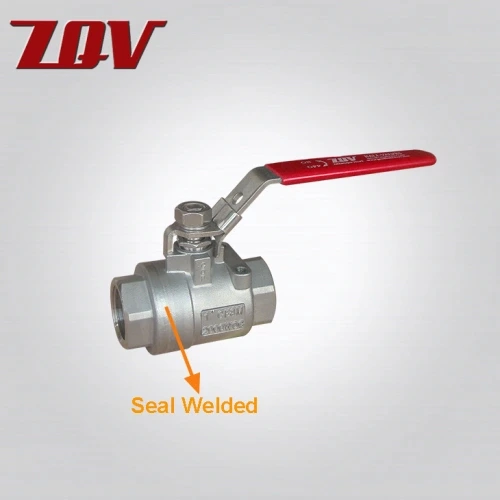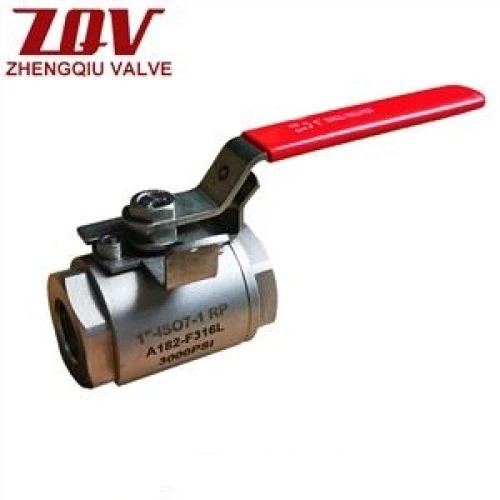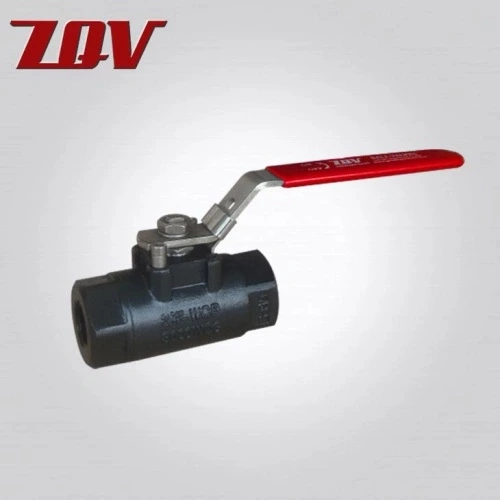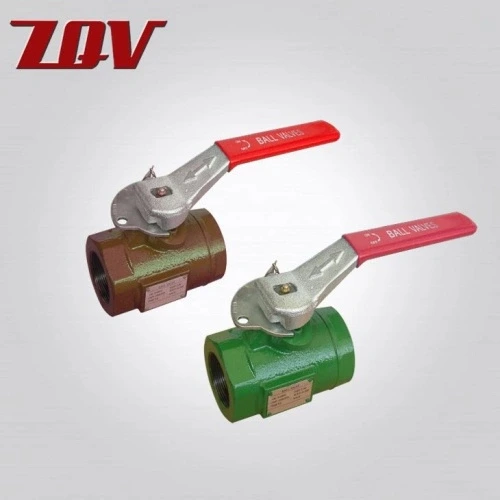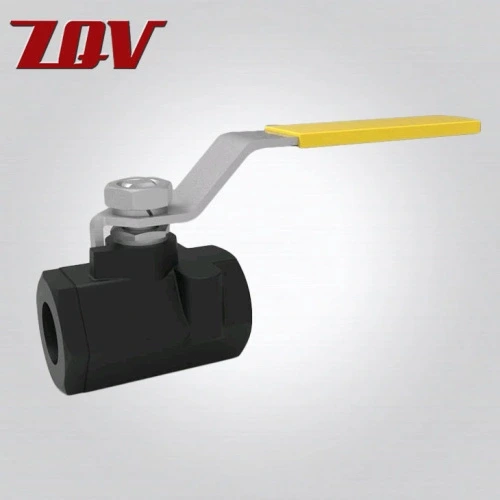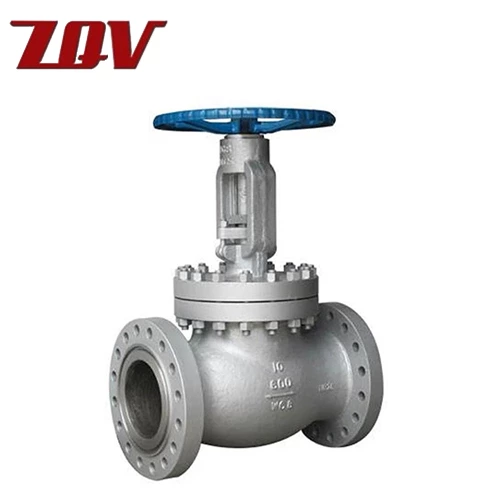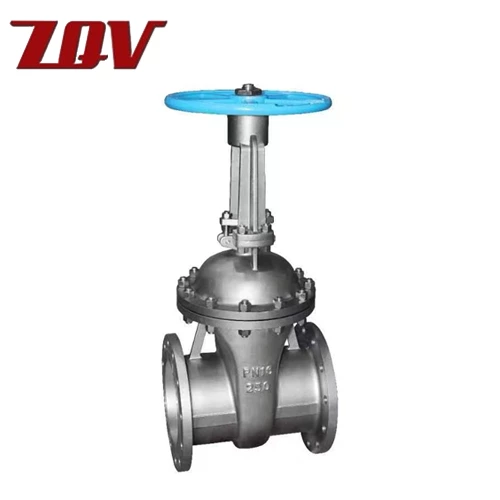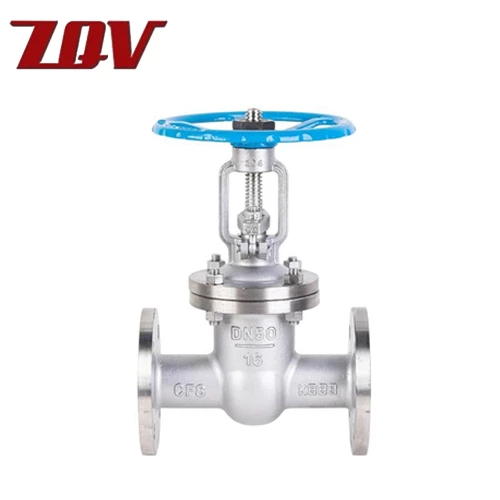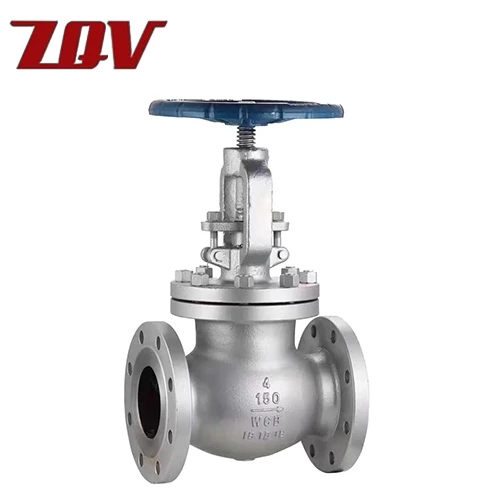How To Reduce Stainless Steel Threaded Ball Valve Maintenance Costs: Practical Tips
Over the long-term operation of industrial systems, high-frequency pipeline control components often incur significant maintenance costs. As a core fluid control component, ball valves require a sound maintenance strategy that directly impacts equipment lifespan and operational costs. Research indicates that industrial valve maintenance can account for 28% of equipment lifecycle costs (according to a report from the International Society for Fluid Engineering). Therefore, establishing an effective maintenance management system is crucial.
Understanding Basic Maintenance Knowledge
Common maintenance issues associated with ball valve operation include reduced sealing performance, stem wear, and internal deposits. These problems often do not arise suddenly, but rather accumulate over time. For example, in a petrochemical company's conveyor line application, neglect of regular inspections led to increased internal deposits, ultimately causing difficulty in opening and closing the valve. This not only disrupted production but also increased maintenance downtime.
Furthermore, the operating environment significantly impacts valve health. Systems exposed to high pressure, high temperature, or particulate fluids are more susceptible to premature wear of the valve core and seat. Therefore, maintaining operational monitoring records is crucial to extending the service life of 1000 psi ball valve.
Choose the right product for your application.
When selecting a ball valve, consider the following three points:
-
Applicable pressure rating
-
Working medium type and cleanliness
-
Installation space and connection method
In a chemical pipeline upgrade project, due to insufficient initial assessment of the solids content of the medium, valve seat wear resistance was overlooked during the selection process, resulting in frequent valve core sticking. Practice has proven that proper selection can reduce maintenance costs at the source, allowing 5000 psi ball valve to leverage their corrosion resistance and ease of maintenance rather than becoming a maintenance burden.
Prioritize material quality and compatibility.
When selecting a product, also consider:
-
Whether the valve body material meets the corrosion requirements of the medium
-
Whether the sealing material is heat and pressure resistant
-
Whether the valve stem machining accuracy meets the standards
Industry evaluation reports indicate that high-quality materials can increase the average valve maintenance interval by over 30%. Zhengqiu Valve Group emphasizes the importance of material compatibility in its engineering practice. By improving the valve seat structure and optimizing machining accuracy, its product line ensures stable performance of 2000 psi ball valve in the chemical and food industries, significantly reducing the risk of leakage.
Implement a predictive maintenance plan
Compared to post-failure repairs, predictive maintenance can proactively identify potential problems by monitoring parameters such as torque changes, opening and closing times, and leakage trends. Data from the American Society of Mechanical Engineers indicates that predictive maintenance can reduce downtime costs by 45%. Applying this strategy to 3000 psi ball valve systems can extend component life and reduce spare parts inventory pressure.
Use the correct actuation method
Choosing electric, pneumatic, or manual actuation based on site requirements can help reduce unnecessary dynamic shock. Improper actuation can easily cause valve stem bending or seat damage, increasing maintenance frequency. Properly matching actuation methods not only improves opening and closing efficiency but also ensures stable operation of 6000 psi ball valve.
Benefit from reliable after-sales service
Comprehensive after-sales support is also a key factor in reducing maintenance costs. Zhengqiu Valve Group helps companies effectively optimize maintenance plans by providing technical support, on-site installation guidance, spare parts guarantees, and periodic inspection plans. This long-term service partnership not only improves equipment reliability but also reduces the additional costs associated with improper maintenance of stainless steel threaded ball valve.
Conclusion
By optimizing model selection, strengthening material considerations, implementing predictive maintenance, rationally configuring drive configurations, and combining them with professional after-sales support, maintenance costs can be reduced while ensuring process safety. Experience has shown that systematic maintenance management far outperforms post-repair strategies and can deliver substantial economic benefits for long-term operations.
